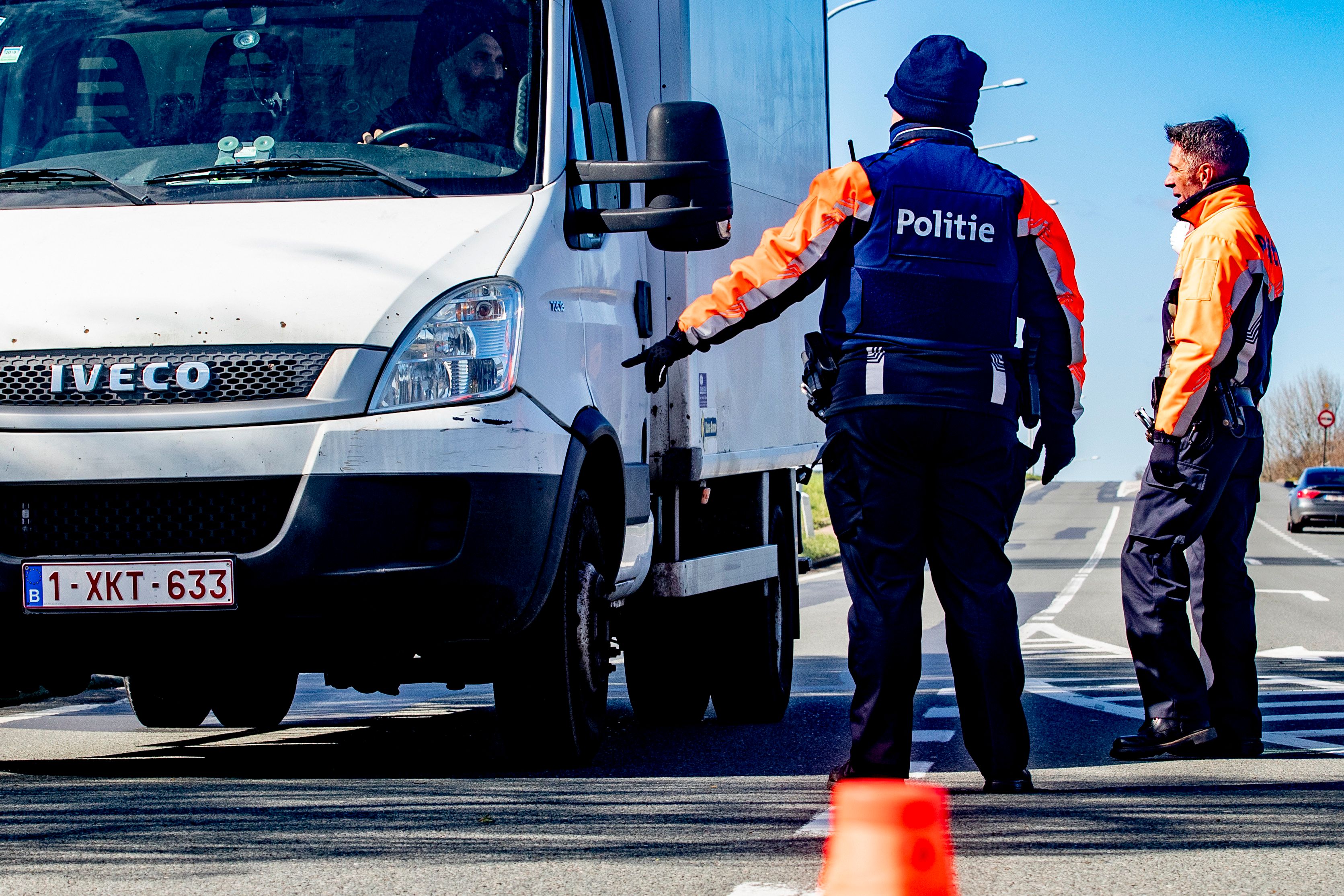The Schengen Area and the Coronavirus Pandemic

Before the Outbreak
Migration challenges in recent years have seriously affected trust between members of the Schengen area, reducing the capacity to absorb further shocks. As a result of the refugee and migration crisis, many countries began to abuse their powers to extend border controls. These “temporary” measures became a permanent element of the Schengen reality. Since 2015, six Member States—Austria, Germany, France, Denmark, Sweden, and Norway—have been maintaining checks at selected parts of their borders, citing security considerations related to the flow of asylum seekers inside the zone or a terrorist threat. They have continued this even though the level of irregular migration has significantly decreased. In 2019, Frontex recorded 139,000 cases of illegal crossing of an EU external border, which is a 92% decrease compared to 2015. Meanwhile, the deadlines that allowed temporary inspections within the zone, introduced to manage the crisis based on the Schengen Borders Code (SBC), expired in November 2017. At that time, an attempt was made to amend the SBC to extend the period of admissible controls to three years and tighten the procedures. However, the lack of compromise meant the work on this reform was abandoned.
Developments at the Borders
In response to the first cases of coronavirus detected on EU territory, many Member State leaders declared their reluctance to introduce controls within the Schengen area, considering—due to the specificity of the pathway of infection—that this was an ineffective measure in the fight against the spread of SARS-CoV-2/COVID-19. Along with the progress of the pandemic, especially the rapid increase in the number of infected in Italy, many countries changed their approach, not only introducing sanitary controls but also refusing the entry of citizens of other Member States into their territory, and thus restricting the free movement of persons in the EU.
On 11 March, Slovenia has used preventive measures in the form of limiting the number of border crossings and introducing the requirement to present a negative test result for coronavirus by foreigners arriving from Italy. However, Slovenia did not formally notify the reintroduction of control at its Schengen borders to the European Commission. On the same day, Austria, citing security considerations related to the development of the pandemic and based on a special procedure for cases requiring immediate action (Art. 28 SBC), became the first Schengen country to introduce controls on its land border with Italy. On 14 March, Austria extended it to the border with Switzerland and Liechtenstein. Austria was later followed by Hungary, Switzerland, the Czech Republic, Poland, Germany, Portugal, and Estonia, which closed selected parts of their borders. Lithuania, Norway, Spain, Belgium, and Finland went a step further by deciding to close all internal borders. The latter country—unlike the other members of the zone—used as the legal basis Arts. 25 and 27 SBC, which provided for “foreseeable events” threatening security and enabling the controls to be maintained for a longer period.
Thus, the controls in various forms now cover most of the borders within the Schengen area, causing significant disruptions to border traffic (waiting time for crossing certain borders was even several hours) and creating tensions in relations between countries. The closure of the Polish-German border turned out to be particularly acute. As a result, many citizens of the Baltic States had problems returning to their countries.
EU Response
These developments in the Schengen area prompted the Commission to present guidelines for border management measures, which were approved by EU leaders via a special video conference on 17 March. The recommendations included the use of health-related preventive measures instead of restoring full controls on internal Schengen borders, as well as facilitating the transit of EU citizens and residents to their home countries. A key element of the recommendation was to ensure the free movement of transport workers, especially those responsible for the transport of vital goods, such as food, medicine, and medical or protective equipment. Countries were asked to designate all relevant internal border crossing points within the Trans-European Transport Network (TEN-T) as “green lines”. In a special communication on the concept of green lines, the EC clarified that the procedures at border crossing points in these zones are to be simplified and kept to a minimum. Drivers using these corridors must not be discriminated against based on nationality and the time to cross the border should not last more than 15 minutes. On 30 March, the EC extended the guidelines to ensure the free movement across borders of critical workers to combat the COVID-19 crisis, including healthcare personnel and seasonal farm labourers.
Based on the approach proposed by the Commission, in addition to internal control guidelines, the heads of state and government have also decided to introduce travel restrictions in the EU and the Schengen area for 30 days. At the same time, they pledged to organise joint returns of EU citizens to their countries using the EU Civil Protection Mechanism. To this end, additional funds were mobilised by the EU to refund most of the evacuation flight costs.
The package of implemented measures serves, on the one hand, to protect health and, on the other, to avoid the collapse of the common market, whose functioning depends to a large extent on the condition of Schengen. Even during the migration crisis, the EC warned that full restoration of internal border control would entail immediate direct costs for the EU economy of €5–18 billion per year (0.05–0.13% of GDP). In polling, up to 75% of Europeans share the belief that Schengen has a positive impact on the EU economy.
Conclusions and Perspectives
The coronavirus pandemic has become, after the migration crisis, another major challenge for the Schengen area. The former already proved that in a crisis, states demand greater freedom to decide whether to restore or extend border controls while disregarding EC recommendations and European regulations in this matter. The current crisis may strengthen these trends.
The countermeasures adopted by the Commission in response to the coronavirus pandemic will enable the EU to control the chaos caused by a series of unilateral decisions to restore border controls and alleviate tensions between zone members. The first positive effects of the EC intervention are already visible at the borders—Member States have managed to significantly streamline traffic at crossings, reducing check times.
The late reaction of many Member States to the development of the pandemic will, however, deepen the crisis of trust between Schengen members and strengthen the tendency to unilaterally restore border controls and extend them beyond the time necessary to control the threat. In the long run, this will probably be legally sanctioned by amendment of the SBC.
It is in the interest of the entire EU to prevent the excessive use of protective measures on Schengen internal borders, in particular the extension of controls after the threat to public policy or internal security diminishes. Longer disruptions in the functioning of Schengen will limit the possibilities of levelling losses and rebuilding the European economy after the pandemic. They will also negatively affect the public’s perception of European integration because, despite the protracted troubles, most Europeans still recognise Schengen as one of the greatest achievements of integration.




